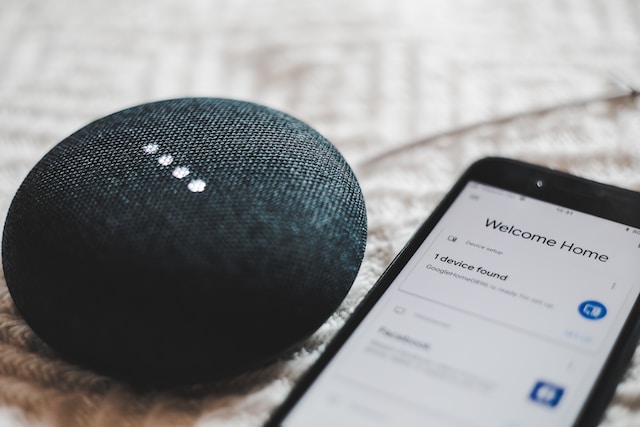Innovation is not easy — it is worth it, but it is not accessible by any measure. Of course, there are various aspects and reasons why one may find the process difficult but the fact remains that bringing an idea to life is cumbersome. This, unsurprisingly, holds for the world of IoT as well. Thankfully, if science experiments, whether on TV or in real life, have taught us one thing: prototyping goes a long way. And once again, this also holds true for Internet of Things (IoT). IoT is a transformative force, weaving a seamless tapestry of connectivity between devices and the digital world. Yet, the journey from conceptualizing an IoT idea to bringing it to life requires a crucial intermediary step – IoT prototyping.

So, folks, buckle up, because in this article, I will tell you all about IoT prototyping, including why it is essential and its different types. From conceptualization to the cusp of creation, let's delve into the art and significance of IoT prototyping as the gateway to innovation and technological evolution.
What is IoT Prototyping?
As the name hints, Internet of Things (IoT) prototyping is the process of developing a prototype, or a working model if you will, of an IoT device or system. To what end? Well, to test and validate the prototype's functionality as well as to confirm the feasibility of the prototype before a company sends the intended object into full-scale production.
What Are the Different Types of IoT Prototypes?
- UI: UI prototyping aims to create a visual representation, a.k.a. prototype of the intended IoT system or app's user interface and user experience.
- Hardware: This one is fairly obvious — hardware prototyping involves building a physical prototype of the intended IoT device. The prototype can include the sensors, microcontrollers, and other such components.
- Software: A fairly obvious one — software prototypes help develop and test the software and firmware that will help run on the IoT device. Such prototypes include coding software elements, simulating interactions, and testing the IoT app's main functionality.
- Connectivity: The idea of connectivity prototyping is to help companies manage the networking and communication aspects of the planned IoT solution and involves developing a prototype for data transmission and reception.
Now, folks, it's time to walk you through some of the many benefits you would gain if your custom IoT product development partner were to integrate IoT prototyping in their strategy.
IoT Prototyping: Key Advantages
- Accelerated development: With prototyping, it becomes much easier for developers to subject the concept to iterative testing, which is conducive to experimentation and better improvements, albeit without kicking off a full-scale development cycle. When you can find and manage potential issues early on, teams can reduce the time it takes to bring the product to market.
- More insights: Since IoT prototyping provides a tangible representation of the IoT solution, it becomes that much easier to gather user feedback and insights, assess the project's technical feasibility, etc.
- Risk reduction: Another compelling benefit of IoT prototyping is that it allows challenges, design flaws, usability issues, etc. to be found and addressed early on, thus reducing the risk during production or deployment.
Final Words
IoT prototyping involves building working models of IoT devices or systems or other aspects of such systems to test their functionality, analyze feasibility, etc., before the system goes into production. There is much to gain from this endeavor, including accelerated development, access to valuable insights, etc. So, you can confidently find yourself an expert custom IoT product development service provider.

No comments yet